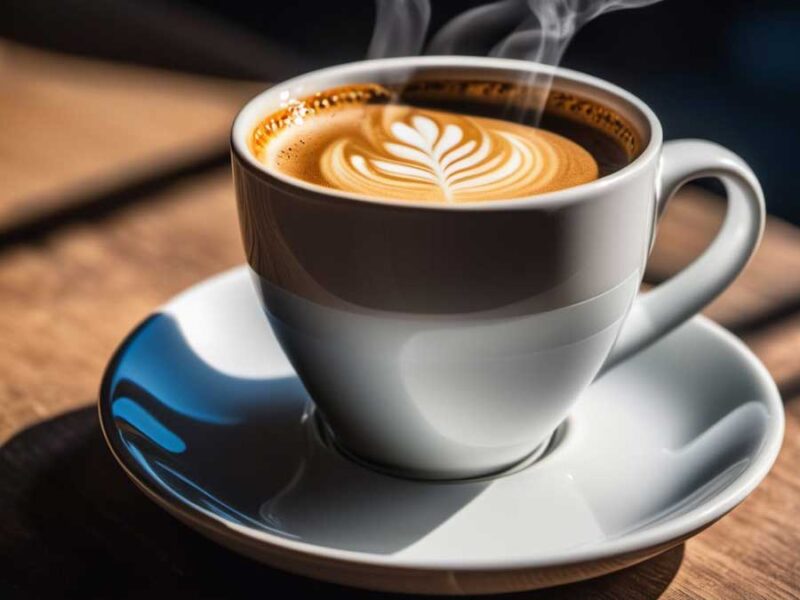It has been confirmed.
Warmer vineyard temperatures result in bigger and bolder red wines with higher alcohol. Worldwide, most winemaking areas have seen improved maturation of grapes leading to better vintages more often than in the past.
Short-term effects on the global wine industry have been a boon. We are seeing many bright, ripe, fruity wines—more than ever before. We’ve had more good vintages in the past 10 years than we used to see 25 to 40 years ago.
My travels through Europe’s better wine producing areas—Catalonia, Aragon, and Andalusia in Spain; Portugal, Tuscany, and Piedmont in Italy; Burgundy, Roussillon, and the Loire Valley in France; the Olympus and Southern Rhodope regions in northern Greece; the northern Rhodope slopes in Bulgaria—have persuaded me that any growers that do not embrace a new approach to their vineyard management are heading for disaster.
The problem is that in the wine consuming countries, very high alcohol wines—above 15 percent ABV—are starting to be shunned by the aficionados—the individuals that, because of their love of good wine, have become leaders on consumption trends.
Wines are supposed to be grown in the vineyard first and then finished in the winery. Today’s high alcohol wines have been caused by many winemakers’ focus on phenolic ripeness.
Wines are supposed to be grown in the vineyard first and then finished in the winery. Today’s high alcohol wines have been caused by many winemakers’ focus on phenolic ripeness.
Growing balanced grapes where phenolics and grape sugars mature in conjunction with the proper proportion of natural acidity is a very complicated and meticulous process. It is far easier to target a phenolic number and then adapt the grape juice in the winery than to tackle Mother Nature’s variables every year. That style of winemaking doesn’t require a talented winemaker.
(Elenathewise/istock)
Judging the Ripeness of Grapes, Then and Now
Before ripeness sets, the grapes are hard and green with low sugar levels and very high levels of mostly malic acid.
During ripening, sucrose produced by photosynthesis is transferred to the berries and is broken down into glucose and fructose molecules (sugars) in the berries. In the past, depending on what style of wine was being produced, only the balance between the sugars—which eventually will become alcohol when yeasts ferment the grape must (juice)—and the acidity of the grape juice was taken into consideration.
Currently, viticulturists and winemakers are focusing on the concept of achieving complete physiological ripeness of the grapes, or “phenolic ripeness.” The process is described as a more complete ripeness of tannins, mineral components, and volatile compounds in the skin and pulp of the grapes that contribute to the color, flavor, and aroma of a wine in addition to the conversion of the sucrose into the simpler sugars.
High alcohol levels numb the taste buds when these wines are consumed, making a normally flavored wine taste watery so the winemaker has to adjust the mouthfeel of a high-alcohol wine.
Recommendations
As far as I’m concerned, these are the alcohol limits I prefer when it comes to monovarietal wines (wines made from a single grape variety):
Most cabernet sauvignons over 14.5 percent are just too hot and too uninteresting. The grapes get to be so ripe that they lose their complexity.
Merlot should be about 13 percent to about 14.5 percent. Merlot grapes need to be ripe, but the wine should be soft and approachable.
Pinot noir, about 12.5 percent to about 14.2 percent. A very ripe, boozy pinot is sometimes hard to distinguish from a low quality grenache. This upper limit cuts off some California and Oregon Pinots, but if I want a red wine that big, I’ll ask for a Grenache based one.
Syrah should be about 12.5 percent to about 15.5 percent.
Grenache (garnacha) grapes can handle heat. I’ll drink a wine from about 13 percent—when it tends to be light and spicy—to as high as 16 percent, when it’s ripe, aromatic, and full-bodied. Some of the best Catalan garnachas fall into the high end, and they are delightful.
So do carignan-based wines, a grape most usually paired with syrah or grenache, or both. At a maximum of 15 percent alcohol, it is a delight to drink.
White wines, depending on variety, should have alcohol between 7 percent (German riesling) to, at most 13 percent (Chilean sauvignon blanc).
In my opinion, multivarietal blends are at this point much better for consumption, especially when drinking wines without high expectations, because the differing characteristics of the blend components and the proportions of each component create a better tasting wine no matter what the alcohol content is.
To your health.
Manos Angelakis is a well-known wine and food critic based in the New York City area. He has been certified as a Tuscan wine master, by the Tuscan Wine Masters Academy, as well as being an expert on Greek, Chilean, and Catalan wines. He judges numerous wine competitions each year and is the senior food and wine writer for LuxuryWeb Magazine, LuxuryWeb.com.

